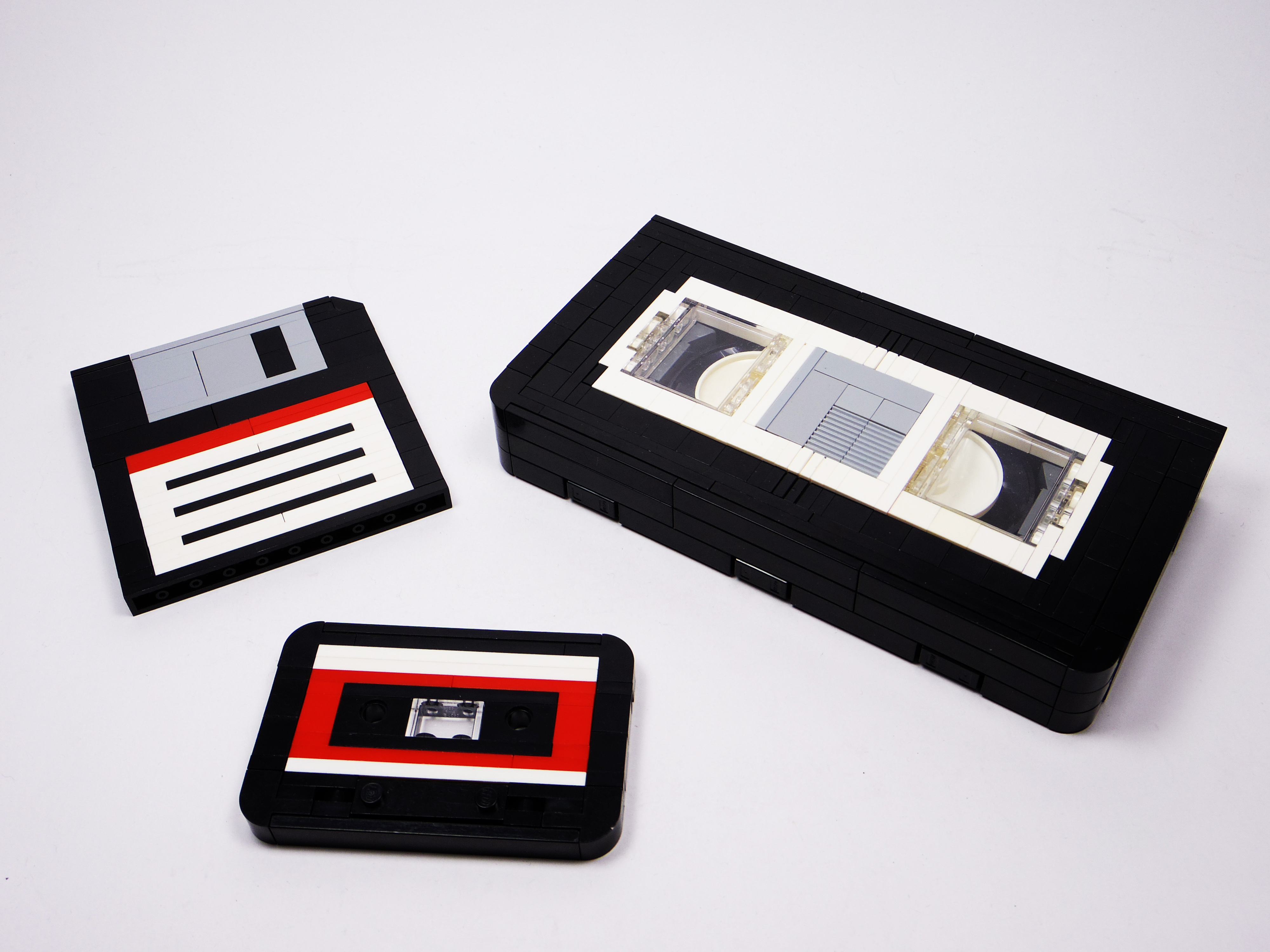

I found a nice amigados processing library in Scala, and I’ve integrated that, so from the cataloguing tool, I can browse into the adf, to let me confirm if a disk really does contain what the label said. The adf for each dir is cross checked against Tosec checksums, and against all other dumps by the autoloader, this at least lets me handle dupes easily, and rule out already known disks.Īfter all that, I still have to hand process roughly 4/5 of the dirs. That’s enough to keep it unique, and I use ADFInfo to pull the amigados volume name, and various amigados check results where applicable.

Very few of the disks have info thats worth OCRing, those that do are usually coverdisks, and you get way more metadata for those just by associating the hash of the ADF via Tosec to online info for the disk in question.Īll the data is stored disk by disk to a subdir that uses the timestamp of the capture as its name. Instead, I’m doing that post using software, it’s pretty simple to have the images rotated & cropped down to just the disk part. even using the tiny pole, no disk ever ‘escaped’ so it did its job.Ī V shape to have the disks straighten up a bit would have been a good idea, you have to keep it wider at the top, as the positioning at eject isnt exact, the disk has already fallen 4 or 5 inches. The solenoid was borrowed from inside the original duplicator, so I went with what I could make work with the least effort there. Posted in classic hacks, Misc Hacks Tagged amiga, archival, autoloader, floppy Post navigation He says that the system works great, making his life a lot easier (and less cluttered!)Ĭheck out the video below to see his floppy autoloader in action. He swapped out the duplicator’s brains for an Arduino, which allows him to batch copy his disks and save a picture of each label with little effort. He pulled the mechanical bits from the machine, incorporating them into the rig you see above. He came across an old floppy duplicator on eBay and figured that since the machine was built for handling gobs of disks, that it was the perfect base for his autoloader. He originally started by building a floppy autoloader out of Lego Mindstorm parts, which looked good on paper, but performed pretty poorly. With no idea of what was stored where, he decided the best way to go about the process was to read all of the disks, archiving everything, saving the sorting process for later. With an estimated 5,000 floppies in his collection, he finally decided it was time to clean house. Poorly labeled disks combined with slow transfer speeds put it high on the list of things we would rather not do, and it turns out that was of the same opinion. Archiving data from old floppy disks can be a tedious process at best.


 0 kommentar(er)
0 kommentar(er)
